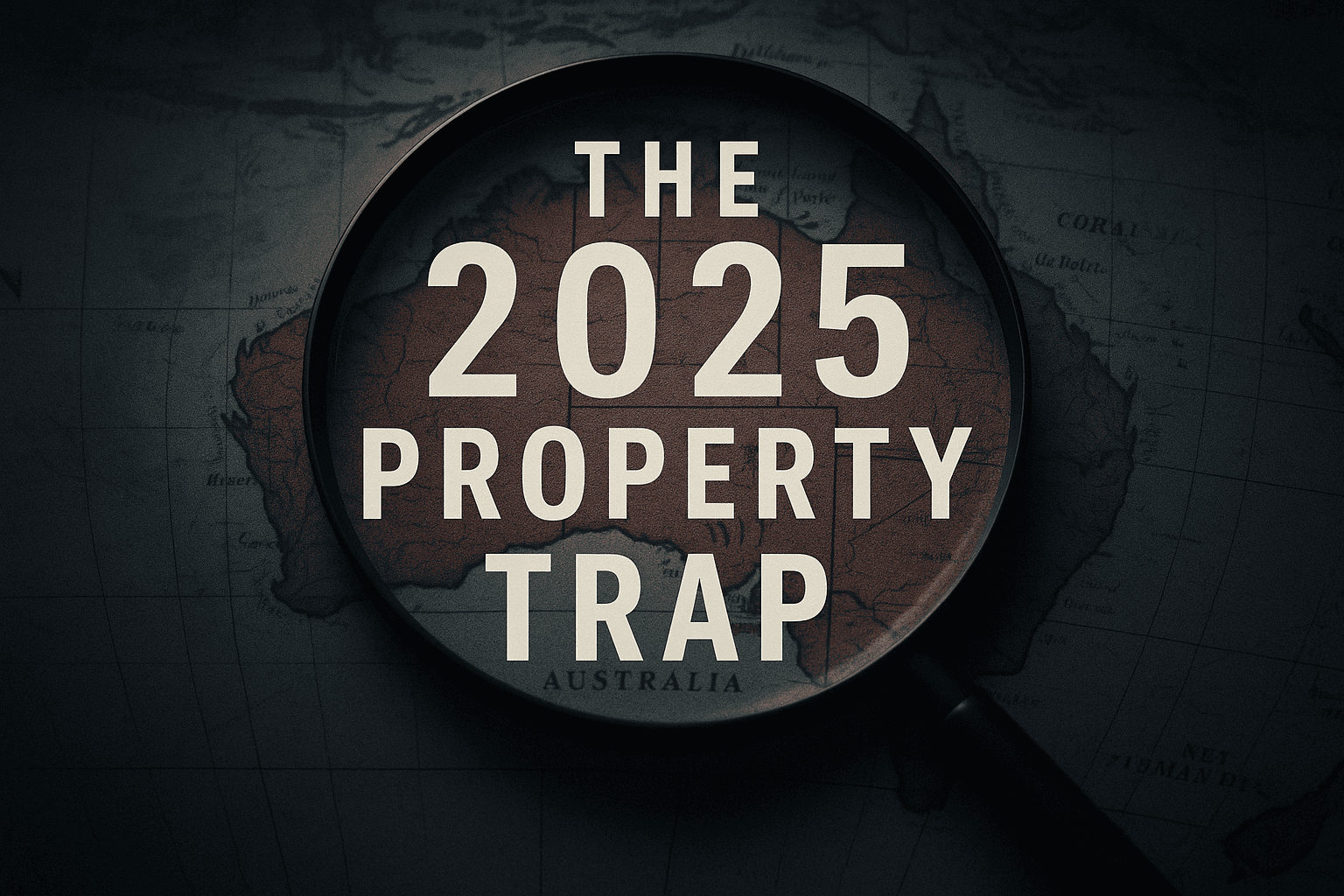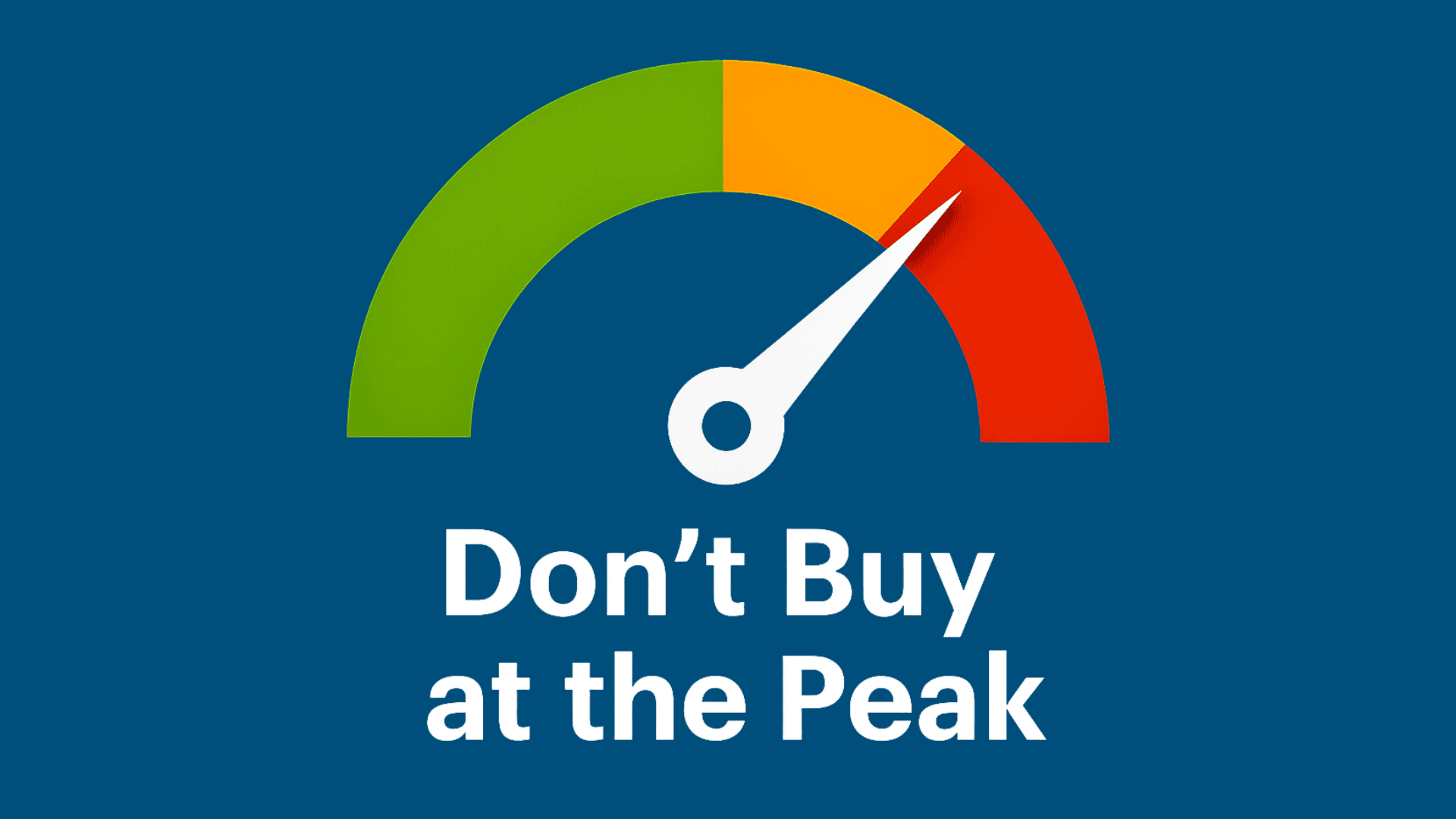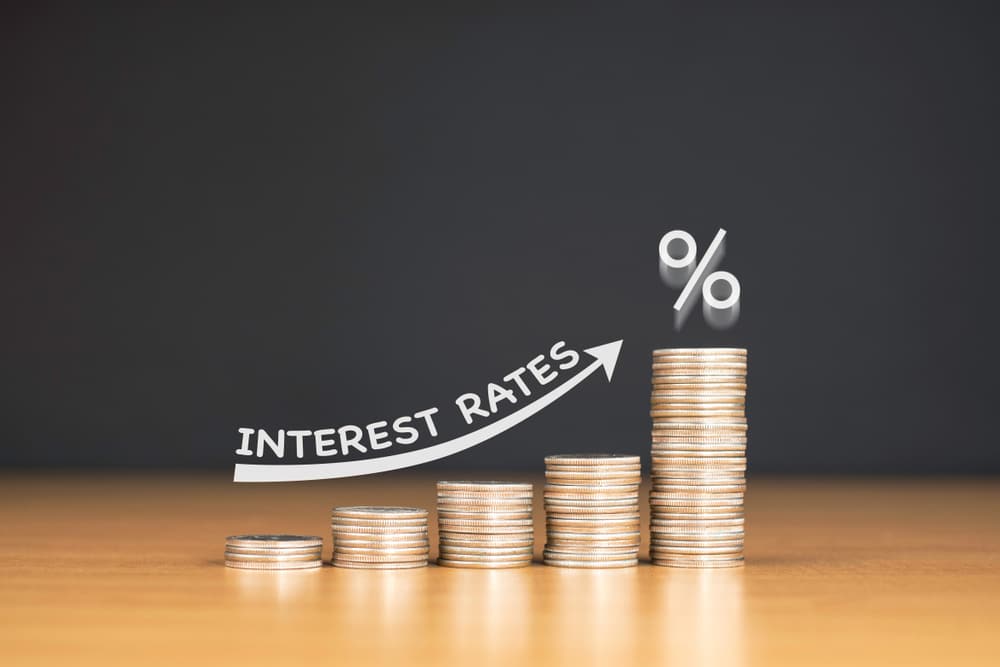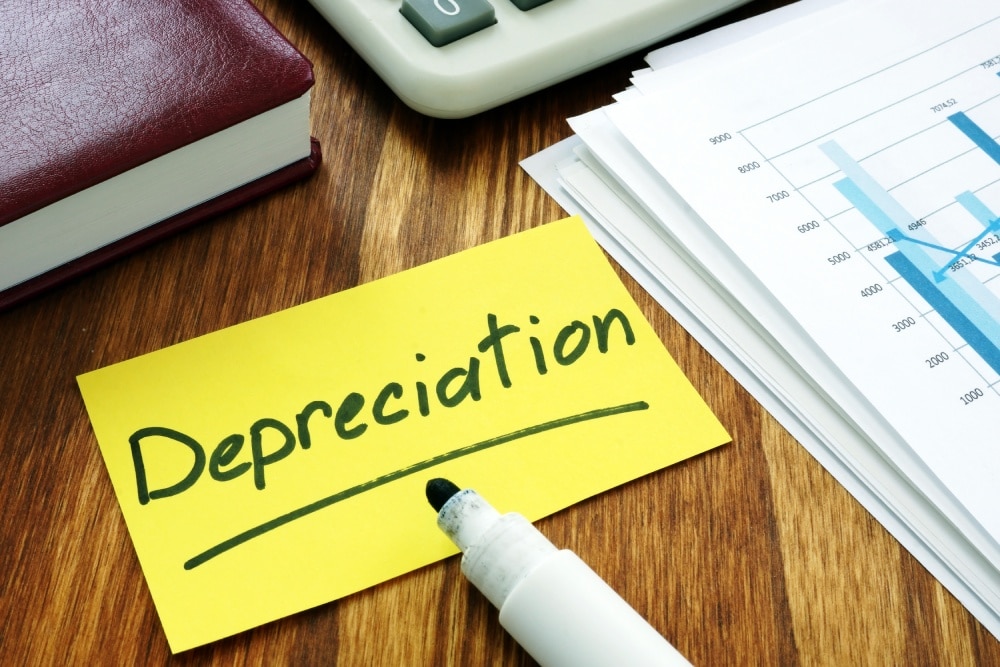The 2025 Property Trap: 5 Warning Signs Every Australian Investor Must Know
Turn on the news, and you’ll hear one expert predict a property boom. Switch channels, and another will be forecasting a downturn. Add in the constant chatter about interest rates and inflation, and it’s enough to make even a seasoned investor’s head spin. It all leads to the one question you’ve probably been asking yourself: “Is now a good time to invest in Australian property, or should I wait?” But what if that’s the wrong question?
In a complex and unpredictable market like we see in 2025, the biggest risk isn’t always market movement. The real danger is falling into a property investment trap—a deal that looks promising on the surface but is hiding financial landmines that can derail your goals. Before you invest a single dollar, you need to know what to avoid. Here are the FIVE MOST COMMON PROPERTY TRAPS CATCHING AUSTRALIAN INVESTORS IN 2025—and how to spot them before it’s too late.

Warning Sign #1 – The “Guaranteed” High Rental Yield
You come across a property promising an 8%+ rental yield—well above market average. It feels like a cash-flow goldmine.
The Trap:
Extremely high rental yields often mask major risks. These properties are frequently located in single-industry towns (like mining hubs) where demand can vanish overnight, or they come with hefty, hidden strata fees that will obliterate your profits.
How to Spot It:
Be highly sceptical of any yield that seems too good to be true. Ask: Why is the yield this high? Research the area’s economic diversity, population trends, and strata records. A stable 4–5% yield in a high-growth, metro-adjacent area is typically a safer long-term investment.
Warning Sign #2 – Falling for the “Hotspot” Hype
You read an article or see a YouTube video declaring a suburb the “Next #1 Property Hotspot.” Buyers are flooding in, and prices are soaring.
The Trap:
By the time the media labels a location a hotspot, savvy investors have already made their move. Buying during peak hype means you’re likely paying an inflated price, with limited growth ahead.
How to Spot It:
Look for pre-hype indicators: infrastructure projects planned (not completed), population growth projections, and early-stage development approvals. True hotspots are uncovered through research, not headlines.

Graphic warns property investors: Avoid buying during peak hype.
Warning Sign #3 – Ignoring Infrastructure Lag
You find a beautiful house in a newly developed estate. The glossy brochure shows smiling families, lush parks, and thriving cafes.
The Trap:
The home might be finished, but the advertised lifestyle is still years away. Shops, schools, and transport links often lag years behind residential builds. This infrastructure gap impacts livability and makes it harder to attract quality tenants.
How to Spot It:
Visit the area at different times of day. Check the local council’s website for approved infrastructure timelines, not promises in brochures. If construction hasn’t started, expect delays—and risk.
Warning Sign #4 – The Cosmetic Renovation Cover-Up
The photos are stunning. Modern kitchen, new floors, fresh paint—it looks move-in ready.
The Trap:
A cheap cosmetic renovation can disguise major structural problems. Under that paint could be rising damp. Under those new floors, a cracked slab. It’s a classic bait-and-switch.
How to Spot It:
Always book a professional building and pest inspection. It’s non-negotiable. An experienced inspector can spot faults you won’t see in photos—or even during a walk-through.
Warning Sign #5 – Underestimating the True Costs of Investment
You’ve run the numbers. The mortgage repayment is affordable. You’re ready to go.
The Trap:
Your mortgage is just the beginning. First-time investors regularly miss “hidden” ownership costs—council rates, strata levies, maintenance, vacancies—which can decimate your cash flow.
How to Spot It:
Create a detailed cash flow projection.
Account for:
- Council & water rates
- Landlord insurance
- Property management fees
- Strata levies (if applicable)
- Repairs and vacancy buffer
Ready to Invest Smarter in 2025?
Join our exclusive FREE Property Investor Webinar and discover successful strategies to scale up your money & property portfolios.
- The exact suburbs we’re investing in right now
- Which strategies are working in today’s market
- How to build long-term wealth safely
Are You Wondering How To Become a Real Estate Investor?
- Register for an upcoming Property Investor Workshop to discover Wealth Creation Strategies we have refined over 20 years of investing.
- Learn the key strategies every Property Investor should know to start their property portfolio on the right track.
- Meet with our Property Investor Seminar coach in a complimentary session to plan how to increase your income in the next 7 – 10 years by investing in real estate.
- Get lifetime mentoring to help build a multi-million dollar portfolio that can create chunks of spare cash flow for retirement.
BECOME A PROPERTY INVESTING EXPERT
The basics in this blog are a great start, but there are many more ways you can optimise your financial structure for better returns and a stronger portfolio. To learn more, join our free property investing seminar.
Recent Articles
How To Prepare for a Rise in Interest Rates
Smart property investors know that it’s dangerous to get too comfortable. Real estate is an ever-changing thing. Markets go up, down and plateau – and so do interest rates. The question is, how prepared are you for a Rise in Interest Rates? The key is being ready to use these strategies.
3 Ways a Property Investor Will LOSE Money!
There are many ways you can win big by investing in real estate. Equally, if you lose sight of the basics, you’ll end up losing something much worse – money! No one sets out on their property journey to go backwards financially, so take note of these three common mistakes that investors often make, because if you don’t, it may cost you in the long run. Here are 3 ways an investor can lose money…
An Investor’s Guide to Multi-Income Properties
When it comes to building a booming property portfolio, diversity is key! There are four primary multi-income types that Australian investors can buy at the moment.
Property Cash Flow Basics For Creating Passive Income
Buying real estate is similar to running a business – good performance is derived from your ability to generate cash flow. For a property investor, this means eventually living off the passive income that your real estate generates. Therefore, it is especially important that you map out your ability to build a portfolio that will deliberately achieve this level of success from the get-go.
How Property Investors Can Reduce Tax Down To Zero!
Those who own real estate are subject to many, different kinds of tax. Some tax is unavoidable. Other kinds of tax are legally, 100% avoidable – or at least able to be reduced substantially. With the Victorian government recently announcing a rise in the land tax threshold it’s even more important that property investors know where they can and should minimise the tax they pay.
A Property Investor’s Guide To Depreciation
Every smart property investor knows that to create and maintain a portfolio, we need to have good cash flow. One of the ways we can support this is by using depreciation and tax. But, just like equity, depreciation only works for us if we know how to access and then leverage it.
A Property Investors Guide To Guaranteed Rental Increases
Rent is your weekly or monthly incomes from your property. And it’s an income you don’t work for. It’s the absolute key to good cash flow and passive income, so it’s essential you are able to keep raising your rents at regular intervals. But, what makes it possible for property investors to do this?
The Only Time You Should Sell An Investment Property
The golden rule of property investing is to buy well and NEVER SELL. However, there are always exceptions to the rule… Firstly, let’s look at why you would keep an investment property? If you buy a great piece of real estate, in the right location, it will always create a passive income for you, so there will be no reason to sell it.
House vs Apartment – Which Is Better for Capital Growth?
Many property investors favour one type of property – either apartments or houses. While there are pros and cons to both, which we will discuss here, one of the often forgotten advantages of houses is the investment you’re making not only in the bricks, but also in the land. Land value in itself increases over time, and investment in a piece of land also provides opportunity to renovate, subdivide and develop, all of which lead to greater capital growth.













